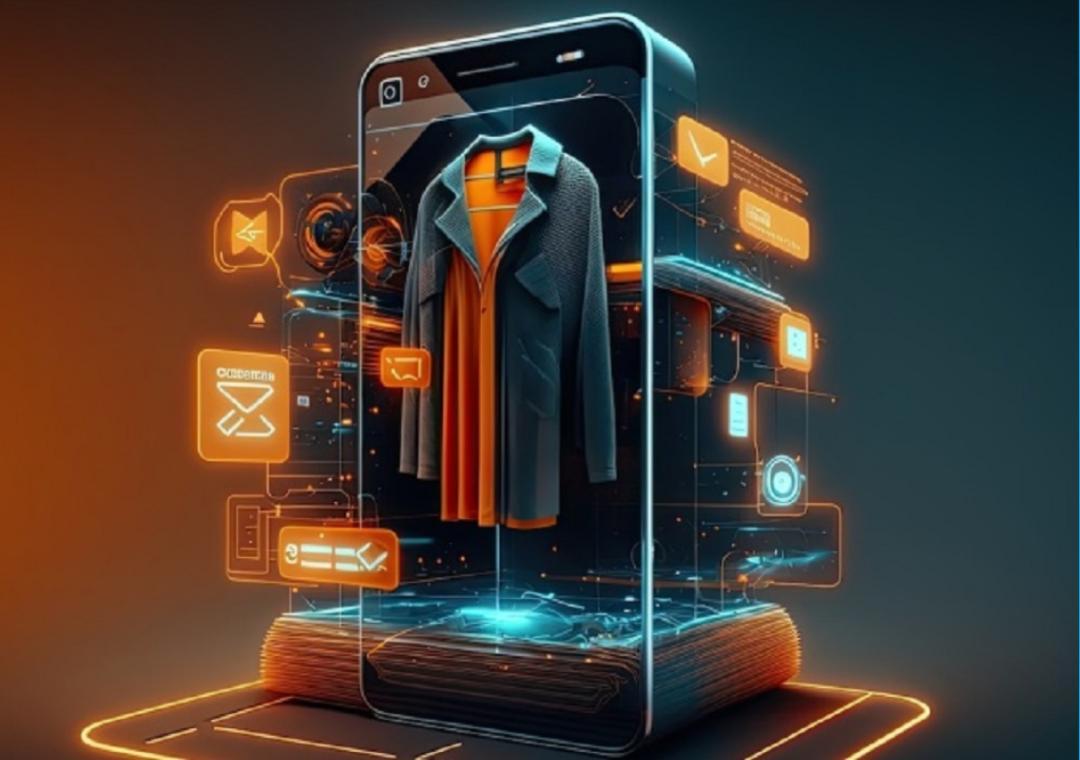
How AI, AR & Automation are redefining online shopping in 2025
The world of online shopping has undergone a significant transformation over the years, with the advent of new technologies like Artificial Intelligence (AI), Augmented Reality (AR), and Automation. These innovations have not only changed the way we shop but have also enhanced the overall user experience. In this blog post, we will explore how AI, AR, and Automation are redefining online shopping in 2025.
AI-Powered Personalization
Personalization has become the holy grail of online shopping. AI-powered chatbots and smart recommendations have taken the guesswork out of shopping, making it more targeted and relevant to individual customers. AI-driven algorithms analyze customer behavior, preferences, and purchasing history to provide personalized product suggestions, recommendations, and offers. This results in a more engaging and immersive shopping experience, with customers receiving offers tailored to their interests and needs.
For instance, AI-powered chatbots can now assist customers in finding the right products by asking targeted questions and providing personalized suggestions. This not only saves time but also helps customers make informed purchasing decisions. Moreover, AI-driven recommendation engines can predict customer preferences and suggest complementary products, increasing average order value and customer satisfaction.
AR Virtual Try-Ons
Augmented Reality (AR) has revolutionized the way customers interact with products online. AR virtual try-ons have become a game-changer in the e-commerce world, allowing customers to try on products virtually, without having to physically visit a store. This technology has been particularly successful in the fashion and beauty industries, where customers can try on makeup, clothes, and accessories virtually.
AR virtual try-ons have several benefits, including increased conversion rates, improved customer satisfaction, and reduced returns. According to a study by Accenture, 61% of consumers are more likely to make a purchase if they can try out a product virtually. This technology is not only improving the shopping experience but also reducing the environmental impact of physical returns.
Automation Streamlining Supply Chains and Delivery
Automation has also played a significant role in streamlining supply chains and delivery processes. With the help of AI and robotics, warehouses are now more efficient, and inventory management has become more accurate. This has resulted in faster delivery times, reduced costs, and improved customer satisfaction.
Automation has also enabled retailers to better manage inventory levels, reducing stockouts and overstocking. According to a study by McKinsey, automation can reduce inventory levels by up to 50%. This not only improves the customer experience but also reduces waste and increases profitability.
Voice Commerce
Voice commerce has become increasingly popular, with the rise of smart speakers and virtual assistants. Voice commerce allows customers to make purchases using voice commands, making it easier and more convenient to shop online. According to a study by Adobe, voice commerce sales are expected to reach $40 billion by 2025.
Voice commerce has several benefits, including increased accessibility, improved customer experience, and reduced friction. This technology is particularly successful in categories like food, beverage, and household essentials, where customers can order groceries and household items with ease.
Improved User Experience
The combination of AI, AR, and Automation has improved the overall user experience of online shopping. With AI-powered chatbots, customers can now get instant answers to their queries, while AR virtual try-ons provide a more immersive and engaging shopping experience. Automation has streamlined supply chains and delivery processes, making shopping faster and more convenient.
According to a study by Accenture, 75% of consumers prefer to shop with retailers that offer personalized services, while 62% prefer retailers that offer seamless and efficient delivery. The integration of AI, AR, and Automation has made online shopping more personalized, efficient, and enjoyable.
Conclusion
The future of online shopping is bright, with AI, AR, and Automation playing a significant role in redefining the e-commerce landscape. As these technologies continue to evolve, we can expect to see even more innovative and immersive shopping experiences. From AI-powered chatbots to AR virtual try-ons, and from automation to voice commerce, the possibilities are endless.
As we move forward, it is essential for retailers to stay ahead of the curve, investing in these technologies to improve the customer experience and stay competitive. With the right combination of AI, AR, and Automation, retailers can create a seamless, efficient, and enjoyable shopping experience that sets them apart from the competition.
Source:
https://www.growthjockey.com/blogs/e-commerce-tech-trends-online-shopping



